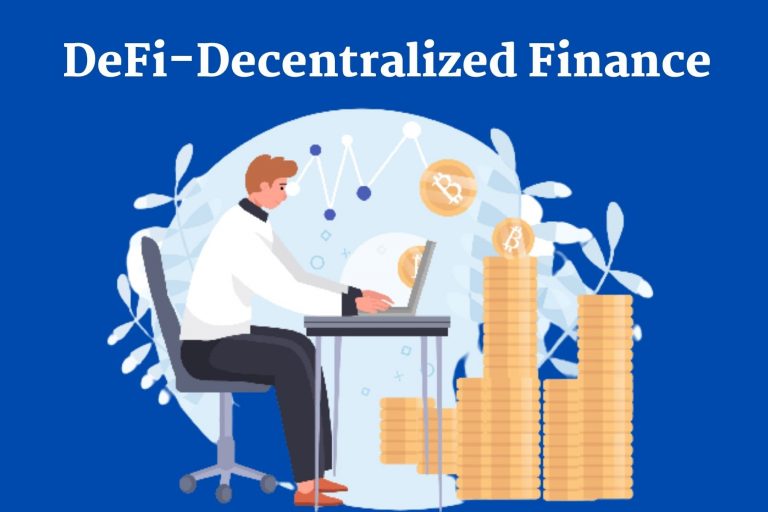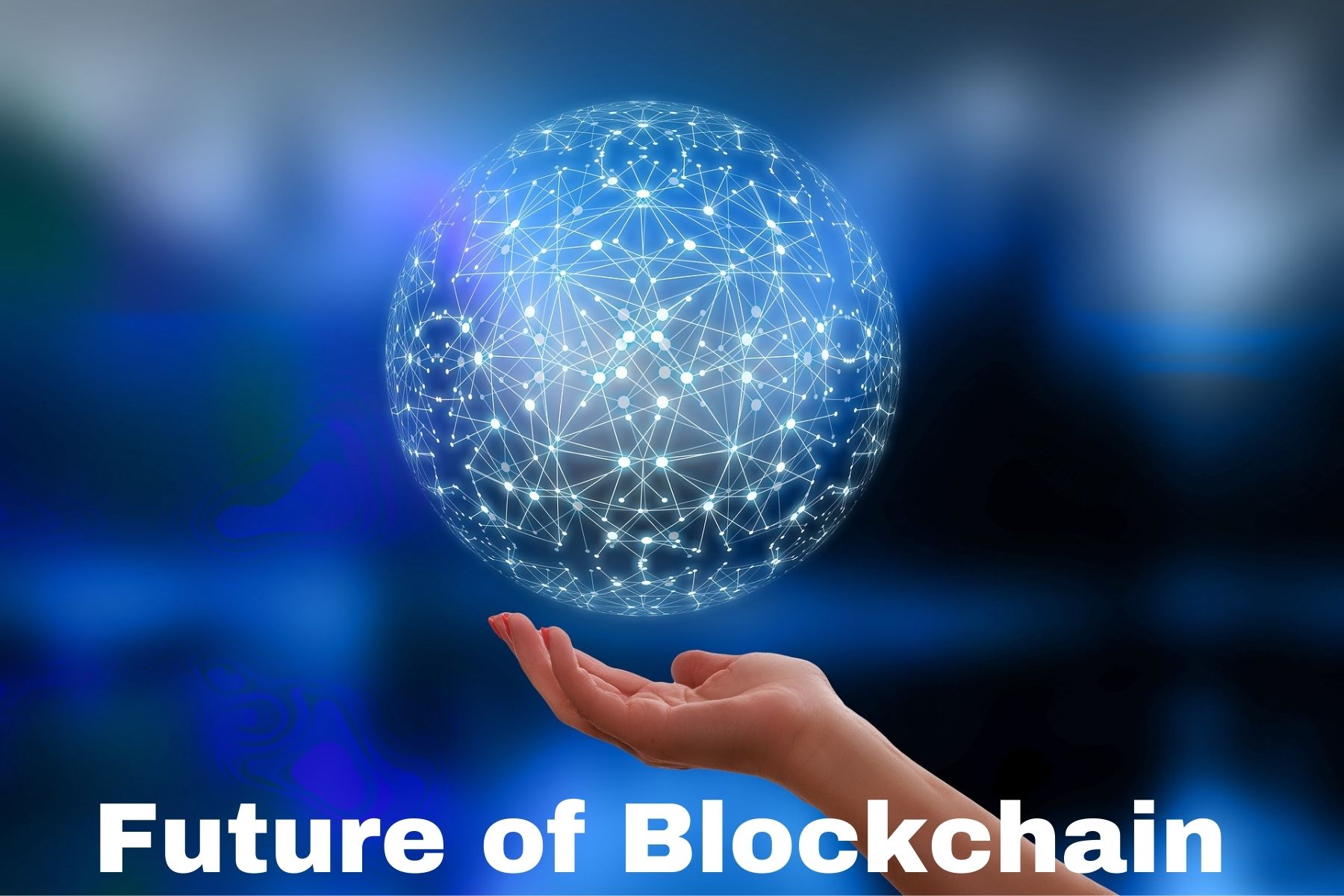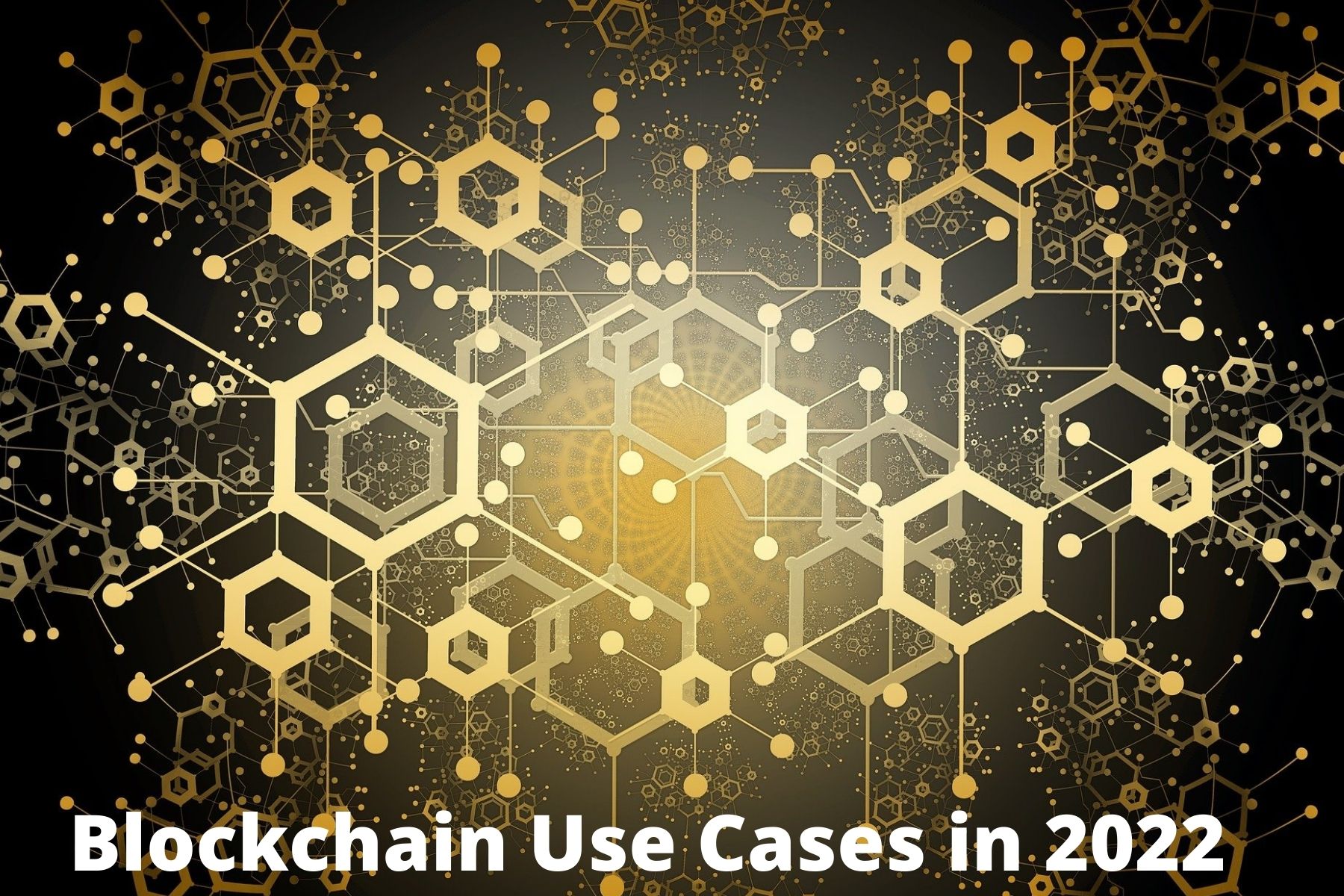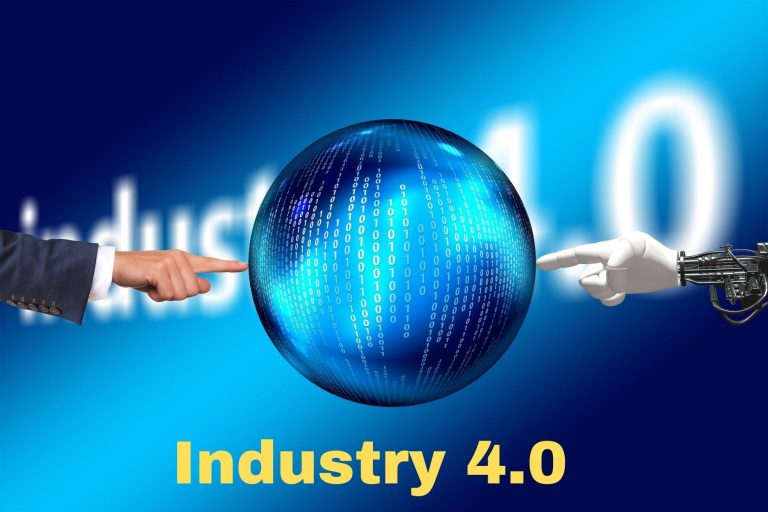Ever since the financial crisis of 2008, many practices of central banks, governments, and other entrenched players in the financial sector have been called into question.
But, the introduction of Bitcoin in 2009 gave the world a glimmer of hope:
“The underlying Blockchain technology gave the necessary tools that could one day be used to establish a different kind of financial system – One that will not depend on centralized fiat systems but will operate on decentralized consensus systems.”
Enter Decentralized Finance – DeFi (for short) is a cutting-edge technology/financial solution which:
- Enables customers to seamlessly access a wide range of financial products on a decentralized blockchain network.
- Customers don’t need to depend on middlemen such as brokerages or banks to access a host of financial products!
Is this the only reason why DeFi will better Traditional Financial Institutions? Can’t traditional institutions offer such services? Have such questions and want answers to them? Read on to know all about DeFi and its exciting benefits for everyone!
What does today’s Centralized Finance look like?
If you look at the current aspects of banking, trading, and lending, most of it is managed by centralized systems and is operated by intermediaries/gatekeepers and governing bodies.
To access financial products like mortgages & auto loans or trade stocks & bonds, consumers need to deal with many financial middlemen. If you look at the US, regulatory bodies like the Securities and Exchange Commission (SEC) & the Federal Reserve have laid down the rules that dictate the world of centralized financial institutions and brokerages.
Due to such rigidity, consumers find it challenging to access almost every financial product out there. They simply cannot bypass middlemen like banks, lenders, and exchanges who profit from every banking/financial transaction.
Decentralized Finance (DeFi) is the way forward!
“DeFi changes the way people access financial products.”
Instead of going through intermediaries, governing bodies, or gatekeepers, everyday people can now access a host of financial products via peer-to-peer exchanges!
Here’s what the co-founder of TrustToken has to say about DeFi:
“DeFi is an unbundling of traditional finance. It takes the core elements of the work done by financial intermediaries, i.e., borrowing, lending, and trading – and puts it in the hands of regular people.”
Here’s a simple example to make DeFi clear to you:
- Usually, you put your money in a savings account to earn around 1% interest on your money.
- The bank lends the money to other customers at around 4% interest and pockets the 3% profit.
But, here’s where DeFi changes the game:
Rather than dealing with intermediaries, you lend your savings directly to the consumers, thereby cutting that 3% loss. So, you earn all of that 3% profit!
Now, you might say – I do the same thing that DeFi does with my Venmo, PayPal, or CashApp.”
Well, not exactly. You still have to deal with a bank account linked to the app or a debit card to send the funds. So, these peer-to-peer systems are still reliant on centralized financial intermediaries to work.
DeFi runs on Cutting-Edge Blockchain Technology
Cryptocurrency & blockchain are the underlying technologies that power decentralized finance.
In traditional financial products, your transaction is recorded in a private ledger which is owned & managed by an extensive financial instruction.
But, in blockchain (which is a decentralized, distributed public ledger), your transactions are recorded in computer code!
Since the blockchain is distributed, the cutting-edge system provides:
- Anonymity to users
- Verification of payments &
- A record of asset ownership (cannot be altered by fraudulent activities)
What is DeFi made up of ?
DeFi’s essential components are primarily similar to the ones that you find in other existing financial ecosystems. Some of the standard DeFi components may include stablecoins & services like crypto exchanges & lending services or Smart contracts that deliver an essential framework that is crucial for working on DeFi apps.
“Each component of DeFi plays a specific role in developing the DeFi system.”
Let us have a look at 4 essential layers which make up the DeFi stack:
1). Settlement Layer
One of the most essential layers of DeFi solutions is the settlement layer. It usually comprises a public blockchain & a native digital currency. Please note that the transactions on DeFi applications usually leverage the native digital currency, which may or may not be traded in different markets.
2). Protocol Layer
To simplify governance of specific activities/tasks, software protocols are written, basically standards & rules. Therefore, the Protocol layer includes a collection of rules & principles that all users in a particular industry must follow.
DeFi protocols facilitate interoperability, which means multiple entities can easily leverage the protocols to develop a service or application.
3). Application Layer
One of the notable features of DeFi is the application layer. As the name implies, the application layer comprises consumer-facing applications.Currently, many applications in the crypto landscape like decentralized exchanges and lending services are found on the application layer.
4). Aggregation Layer
The final layer in the DeFi stack is the aggregation layer. This layer comprises aggregators that connect multiple applications from the previous layers. This is done to provide services to investors.
“Aggregation layers may help to seamlessly circulate money among various financial instruments which in turn improves returns.”
How is DeFi being used today?
DeFi is being powered by sophisticated programs called protocols or easy-to-use apps known as Decentralized Apps or “Dapps.”
Both of these ground-breaking technology solutions handle transactions in two primary cryptocurrencies:
- Bitcoin (BTC)
- Ethereum (ETH)
Although Bitcoin is a widely accepted and popular cryptocurrency, Ethereum is practically much easier to use. This means most of the Protocols or DApp’s landscape uses Ethereum-based code/protocols.
Here are a few ways through which protocols and DApps are being used:
- Decentralized Exchanges that facilitate peer-to-peer financial transactions without dealing with any intermediaries.
- Traditional Financial Transactions like trading, payments, insurance, securities, lending, borrowing, and other activities are already happening with DeFi.
- E-wallets built by DeFi developers can operate independently of the largest cryptocurrency exchanges.
- Non-Fungible Tokens (NFTs) create digital assets out of non-tradable assets like the first tweet on Twitter or the video of a memorable football goal.
What will the Future of DeFi look like ? The Way Forward
DeFi is still in its nascent stage. However, from taking out intermediaries in financial products to turning memorable sports clips into digital assets with monetary value, DeFi is doing things that traditional financial institutions could never do!
That is why people from all walks of life, i.e., sportspeople, music artists, large enterprises like MicroStrategy, and many others, are welcoming Cryptocurrencies as a form of payment, as a way of life. NFTs as a form of digital art and Decentralized Exchanges as the new way to access financial products.
The future of DeFi looks promising, but it has a long road ahead of it. Why?
“It needs to be widely accepted by the general public.”
Making people aware of DeFi and its solutions while building the tools that will enable people to see its vast benefits is one-way. DeFi will go mainstream in the years to come.






